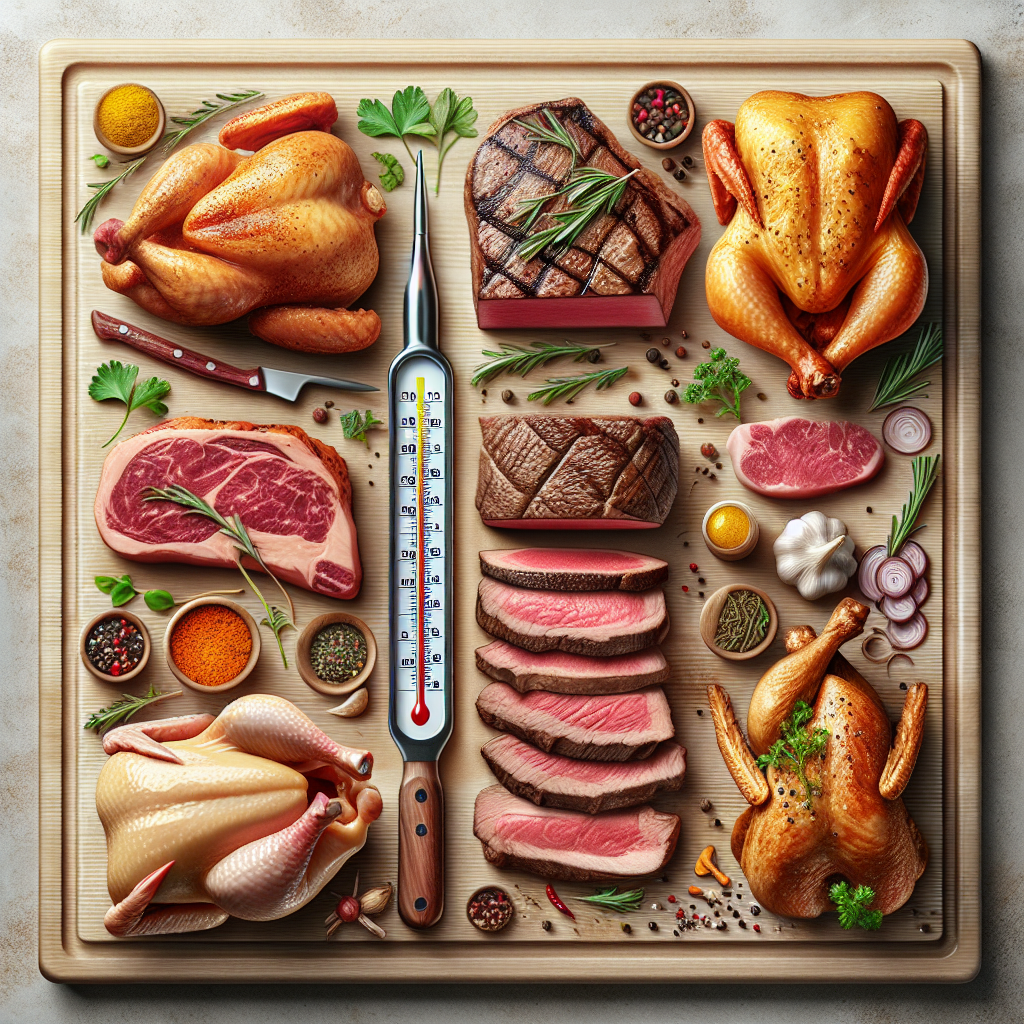The ideal cooking temperature for meat is determined by the internal temperature at which the proteins in the meat begin to denature and coagulate. This process changes the texture of the meat, making it tender and juicy. The higher the cooking temperature, the faster the proteins denature, but cooking meat at too high a temperature can result in tough, dry meat.
Different cuts of meat have varying amounts of connective tissue and fat, which affect the ideal cooking temperature. Tough cuts of meat, such as brisket or chuck roast, contain more connective tissue and require a low, slow cooking method to break down the tough collagen and transform it into gelatin, resulting in a tender and flavorful dish. These cuts of meat are best cooked at temperatures between 180-200°F.
On the other hand, lean cuts of meat, like pork chops or chicken breast, have less connective tissue and can become tough if overcooked. These cuts should be cooked to a lower internal temperature to ensure they remain moist and tender. Pork should be cooked to an internal temperature of 145°F, while chicken should reach 165°F.
For steak lovers, achieving the perfect doneness can be a bit trickier. The ideal internal temperature for a medium-rare steak is 130-135°F, while a medium steak should be cooked to 135-145°F. Cooking steak at these temperatures allows the proteins to denature while still retaining moisture and tenderness.
To measure the internal temperature of your meat accurately, use a meat thermometer inserted into the thickest part of the meat, away from bones or fat. Let the meat rest for a few minutes after cooking to allow the juices to redistribute and the temperature to rise a few degrees.
In conclusion, the science behind ideal cooking temperatures for different cuts of meat lies in understanding the protein composition and cooking method required to break down tough connective tissue or retain moisture in lean cuts. By cooking meat to the correct temperature, you can ensure a delicious and perfectly cooked dish every time.

